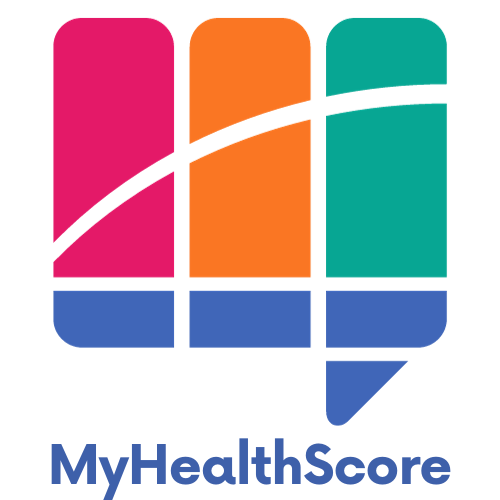Diabetes Explained: What is it and how to effectively manage it.
If you’re newly diagnosed with diabetes, have a family history, or are seeking information, it can be hard to know where to start.
In combination with the My Health Score Quiz, this article will answer your questions about diabetes.
What is Diabetes?
Diabetes is a complex condition occurring when there is too much glucose (a type of sugar) in the blood. A hormone, insulin, would generally control the blood glucose level in your body. However, having diabetes means insulin can’t do its job of helping glucose enter the cells of your body to be used for energy.
Left untreated, high blood glucose levels can cause damage to organs and blood vessels, increasing your risk for heart attack, stroke and issues with the kidneys, nerves, eyes, gums and feet.
The good news is that you can reduce the risk of long-term health effects by keeping blood pressure, blood glucose and cholesterol levels within recommended ranges.
With the right information and a consistent diabetes management plan, you can continue to experience a good quality of life.
The three main types of diabetes are:
Type 1 Diabetes (Juvenile or Insulin-Dependent Diabetes)
Type 1 diabetes occurs when the body’s immune system starts to attack the cells in the pancreas that make insulin (destroying your body’s ability to make insulin).
Treatment involves daily insulin injections.
Most people with Type 1 diabetes are diagnosed as children or young adults.
Type 2 Diabetes (Insulin-Resistant Diabetes)
Type 2 diabetes occurs when the pancreas stops using insulin effectively. It is a result of poor lifestyle, dietary and exercise habits.
Treatment may involve tablets and/or insulin injections.
Gestational Diabetes
Gestational diabetes is diabetes diagnosed during pregnancy. Like Type 1 and Type 2 diabetes, gestational diabetes affects how your cells use glucose (sugar).
It can be managed through diet and exercise and generally resolves post-pregnancy.
What are the Common Symptoms of Diabetes?
Extreme thirst
Sweet-smelling breath
Visual disturbances (like regularly seeing ‘floaters’)
High blood pressure
Loss of consciousness
Bloating, heartburn and nausea
Excessive urination
Dry, cracked skin (especially on the feet)
Foot problems (calluses, infections, ulcers).
What Can I Do to Manage My Diabetes?
Many of the supplies that support you to manage your diabetes can be bought at local pharmacies or online.
Measure Your Blood Glucose Levels
This can be done with either a:
Glucometer (such as a fingerstick testing device) - this involves:
With clean hands, using a finger prick to produce a drop of blood which is then touched to a test strip and the meter will provide a blood glucose reading.
Or
Continuous Glucose Monitoring Device which is a portable device with a sensor inserted into your arm of belly which continuously monitors your blood sugar levels.
Know your Signs for Low Blood Sugar
You may notice you start to feel:
Shaky
Nervous
Confused
Lightheaded
Sweaty
Sleepy
Hungry.
Insulin Management Plan
In consultation with your doctor, prepare a management plan for managing your insulin levels. Depending on the type of diabetes you have, this might involve taking insulin and/or managing your diabetes through diet and exercise.
Easy Access to Foods to Maintain your Blood Glucose Levels
Keep on hand foods containing glucose or simple carbohydrates, for example:
Glucose tablets
Nuts and seeds
Dried fruit
Apple or orange Juice.
Where Can I Seek Additional Help?
Your doctor
Diabetes specialist (Endocrinologist)
Before you go…
For more helpful articles like this one subscribe and receive future articles direct to your inbox (no spam, only quality health information).
Share this article with others who might benefit from this information.
Improve your health score today with the health score quiz.
